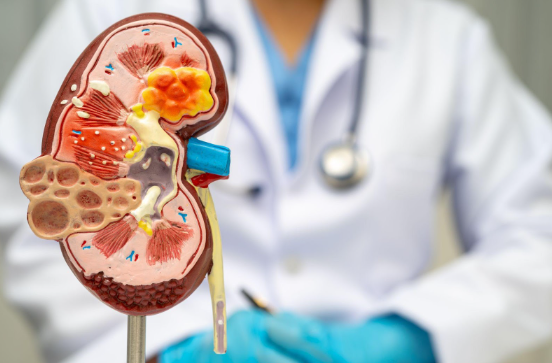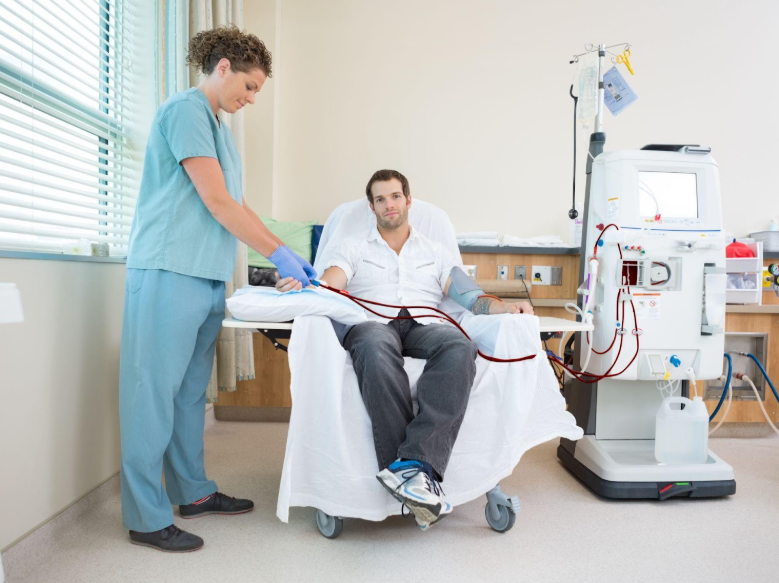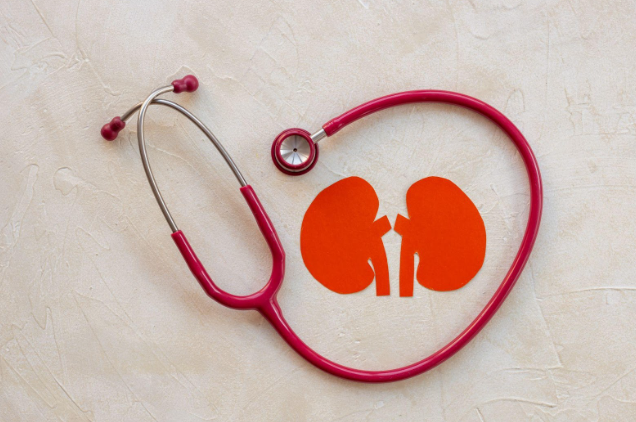Outdoor Exercise and Kidney Health: Safe Ways to Stay Active in Warm Weather

Staying active supports overall health, but for those managing kidney conditions or aiming to protect their kidneys, some precautions are needed, especially in hot weather. Outdoor workouts come with the added benefits of sunlight, fresh air, and variety, but they also increase the risk of dehydration and heat-related issues.
Let’s explore how to exercise safely outdoors while protecting your kidneys, especially during the warmer months.
The Link Between Exercise and Kidney Health
Physical activity can help maintain healthy blood pressure, blood sugar, and body weight, all of which directly affect kidney function. Regular movement improves circulation, supports heart health, and reduces the workload on the kidneys over time.
For individuals with early-stage kidney disease, light to moderate outdoor activities can support better health outcomes. However, it's important to avoid overexertion, especially in the heat, as intense physical stress can temporarily impact kidney function.
Staying Hydrated During Outdoor Activity
Kidneys rely on a steady balance of fluids to filter waste from the blood. Warm weather leads to sweating, which increases the body’s need for water. Dehydration makes the kidneys work harder and may lead to complications such as kidney stones or acute kidney injury.
During outdoor exercise, drink water regularly—even if you don’t feel thirsty. People with certain kidney conditions may have fluid restrictions, so it's helpful to speak with a healthcare provider about how much water is safe for you before planning an outdoor routine.
Sports drinks are sometimes used during long or intense workouts, but many contain added sodium or potassium, which may not be suitable for people with reduced kidney function. Read labels carefully or stick to plain water if you're uncertain.
Choosing the Right Time to Exercise
Exercising during the hottest part of the day can lead to heat exhaustion or even heatstroke. To reduce these risks, schedule your outdoor workouts early in the morning or later in the evening when temperatures are cooler.
Choose shaded areas like parks with tree cover or walking paths near water bodies to avoid direct sun exposure. Wear breathable, light-colored clothing and a wide-brimmed hat to keep your body temperature stable.
Picking Activities That Support Kidney Health
Not all outdoor exercises place the same level of stress on the body. Low-impact activities are safer and better suited to those with kidney conditions or those trying to avoid injury or overexertion.
Walking is one of the best forms of outdoor exercise. It's gentle, accessible, and easy to adjust based on how you feel each day. A short, daily walk can improve circulation and help manage weight without putting pressure on the kidneys.
Cycling offers a low-impact way to build endurance and stay fit. If riding under direct sunlight, choose a shaded bike path and take regular breaks.
Swimming is another excellent option, especially in warm weather. It keeps the body cool and works muscles gently, making it suitable for people with joint pain or fatigue.
Avoid high-intensity workouts such as long-distance running or outdoor boot camps unless you are already used to them and your healthcare provider has approved them. Intense workouts may temporarily reduce kidney function or increase protein breakdown in the body, which adds stress on the kidneys.
Watching for Warning Signs
It’s important to listen to your body. If you feel dizzy or overly tired or notice swelling in your hands or feet during or after exercise, it could be a sign that your kidneys are under stress or that you're overheating.
Dark yellow or low urine output is a sign of dehydration. If this happens frequently during or after outdoor activities, reduce your activity level or increase your water intake.
For individuals with kidney disease, regular blood tests are used to monitor how well the kidneys are functioning. Speak with your healthcare provider about any changes in energy levels, urine output, or swelling, especially if these happen more often after being active in warm weather.
Planning Recovery After Outdoor Workouts
After exercising, give your body time to cool down gradually. Find a shaded place to sit and drink water slowly. Stretch your muscles gently to avoid soreness.
Eating a small, balanced
meal within an hour of your activity can help your body recover. Choose foods low in sodium and phosphorus if you’re managing kidney disease. Fresh fruits, whole grains, and plant-based proteins can be good choices depending on your dietary plan.
If you experience muscle cramps, fatigue, or nausea after outdoor exercise, take these symptoms seriously. These could point to a loss of electrolytes or fluid imbalance, which needs prompt attention.
Staying Consistent with Your Routine
Outdoor exercise can be a healthy part of your lifestyle if done correctly. It helps manage stress, supports better sleep, and strengthens the heart and muscles—all of which benefit your kidneys in the long run.
To stay consistent, start with short sessions and gradually build up. Also, don’t forget to track your progress and how you feel after each session. Stay flexible with your schedule based on the weather and your energy levels.
You don’t need to do the same activity every day. Mix it up with walking one day, swimming the next, and stretching or yoga on the weekend. This helps you stay motivated and reduces strain on any one part of the body.
Take control of your kidney health with our expert care at
Metropolitan Kidney Centers. Whether you're managing chronic kidney disease or looking for preventive guidance, our dedicated team is here to support your health journey.
Schedule your appointment today and stay active with confidence—your kidneys deserve the best care.















